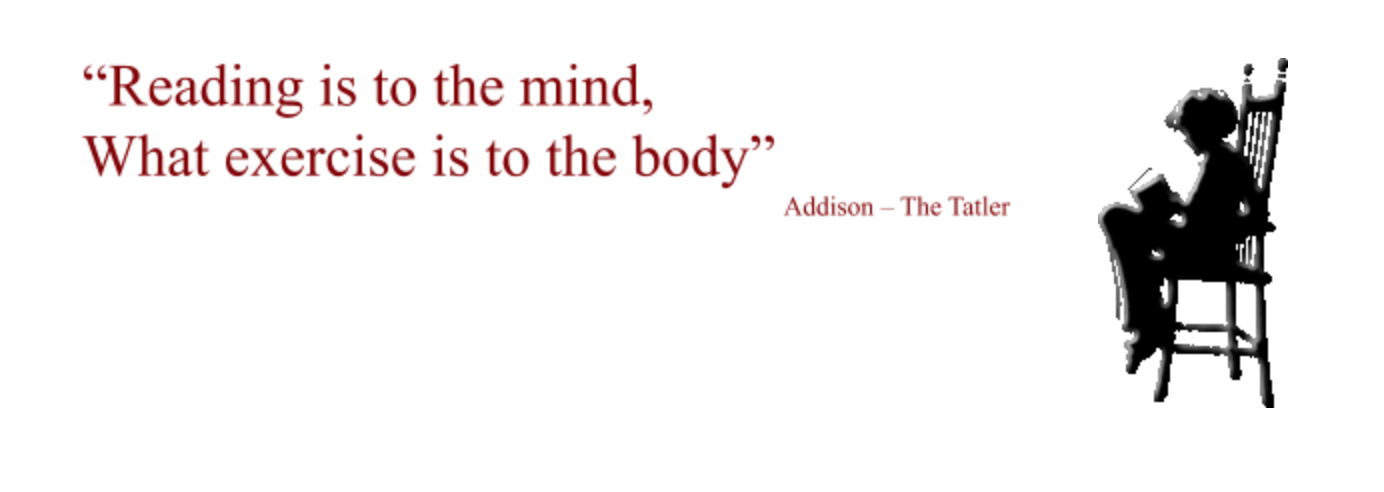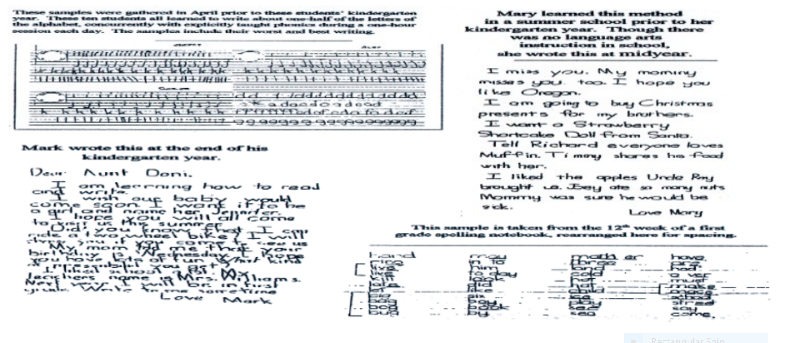Services- Curriculum Survey Form
Curriculum Survey Form
This form is to be used with the Riggs Institute’s Overview/Catalog. You may copy any of this form and/or our Overview/Catalog and distribute at your convenience.
Knowing How A Child’s Brain Works Will Help You Find an Appropriate Curriculum
- THE RIGHT “STUFF”
- Complete Phonetics – “What is it?? Phonemes & Graphemes (Spelling Patterns)
- Correct Spelling, Roots, Prefixes, Suffixes, Morphemes
- 47 Rules of Orthography (Spelling, Plurals, Syllabication)
- Grammar & Syntax
- IN THE RIGHT ORDER (Begins With Speech)
- Letter Formation taught with graphemes and phonemes
- Spelling Applications with rules, Mnemonic Marking System + Charts
- Oral Sentences
- Written Sentences
- Reading & Comprehension
- Grammar & Syntax with Parsing, Diagraming and Charts
- Creating and Organizing Compositions
- Vocabulary Development with Quality Literature, Dictionary Work, Prefixes, Suffixes and Latin & Greek Roots
- IN THE RIGHT WAY (taught to “wire” the brain for easy teaching and learning)
- Multi-Sensory Instruction through…Sight, Sound, Voice & Writing (THE 4 neurological pathways to the brain addresses all “learning styles” simultaneously without discrimination)
- Dictation (not copying or tracing)
- Direct Instruction (no workbooks needed) – saves time & money
- Socratic Instruction (questioning promotes student thinking, reasoning, analyzing)
- Reference Notebooks (or Charts) for independent Learning

1. Have the phonics programs you have previously used consisted only of a sound (perhaps two for
the vowels) for each of the letters of the alphabet and a few digraphs such as ch, sh, th? _____Yes _____No If yes, taught in what time frame? _________________________________________
2. Are these sounds generally taught using worksheets? _____Yes _____No Are they used with “decodable” text reading materials? _____Yes _____No If so, do you feel that your students are interested in the type of reading material presented in the decodable texts? _____Yes _____No Do the reading materials even begin to challenge their oral vocabularies? _____Yes _____No
3. How many sounds have you taught for these graphemes: _____ed _____ea _____s _____g _____c _____u _____o? Do you teach these in _____words _____worksheets _____ just the sound/symbol “in isolation”?
4. What other, if any, graphemes (spelling patterns) do you teach for the /sh/ phoneme? _____ _____ _____ _____ _____. Do you teach them _____up front and/or _____on worksheets ____only when they are met in words?
5. Are you familiar with the 1985 federally synthesized reading research in Becoming a Nation of Readers? _____Yes _____No If yes, do you feel that you have been teaching phonics “explicit” as described in that report? _____Yes _____No If no, were you previously aware of the terms “explicit” and “implicit” phonics? _____Yes _____No Does “explicitly” mean _____ “in isolation”, without key words and pictures _____ direct and systematic, in an orderly way as each is met _____ in words in reading materials, _____on worksheets, etc. [Check those which apply]
6. Do your students seem to be much more aware of the sounds in words than in how to spell those sounds on their weekly spelling tests? _____Yes _____No …..and in their compositions? _____Yes _____No
7. Have you previously considered teaching most of the sound/symbol relationships very quickly in initial instruction, and then applying this knowledge base first in dictated spelling lessons? _____Yes _____No If no, does this idea appeal to you? _____Yes _____No
8. Have you personally experienced many kindergarten children who compose as well as the sample writing that is shown below and shown on page 4? _____Yes _____No

9. Have you ever taught initial letter formation, concurrently with “explicit” phonics, through dictation? _____Yes _____No If yes, in what program/s ________________________________________ If no, would you like to? _____Yes _____No
10. Have you studied how individuals best develop cognition in the language-related areas of their brain (speech, sight, auditory, motor)? _____Yes _____No If no, would our multi-sensory approach make sense to you? _____Yes _____No Do you believe that multi-sensory instruction could be an answer to accommodate various types of “learning styles” with the same program? _____Yes _____No
11. Have you found the work of the brain researchers reflected in the instructional materials you have or are currently using? _____Yes _____No If yes, what program/s_____________________________________ Have you made inquiry in to this area? _____a lot _____some _____a bit _____none.
12. Have you ever taught spelling and phonemic awareness through dictated and Socratic instruction? _____Yes _____No
13. Have you found difficulties trying to explain and get children to recall the difference between how we often pronounce a word and how we spell it? _____Yes _____No
14. Can you visualize how this basic skills instruction might be incorporated into across-thecurriculum reading and writing assignments to provide for more interesting assignments? _____Yes _____No Do you believe this might help to solve the classroom time problem? _____Yes _____No Do you think lack of classroom time is a major problem? _____Yes _____No
Please print and mail to:
Riggs Institute
21106 479th Ave
White SD 57276

© Riggs Institute
